Chapter 10: Self-Directed Learning
Chapter 10: Self-Directed Learning
Chapter Overview
In this chapter, you will study an important method for engaging your students in the learning process. Here you will learn how to teach learners to go beyond the content given—to think critically, reason, and problem-solve—using a self-directed approach to learning. You will see how to use self-directed strategies to actively engage your students in the learning process and to help them acquire the reasoning, critical thinking, and problem-solving skills required in today's complex society.
This chapter introduced you to strategies for self-directed learning. Its key terms and main points were:
Self-Directed Learning
Self-directed learning is an approach to teaching and learning that actively engages students in the learning process for the purpose of acquiring outcomes at higher levels of cognitive complexity.
Self-directed learning involves the following sequence of activities:
- Provide information about when and how to use mental strategies for learning.
- Illustrate how the strategies are to be used in the context of real problems.
- Encourage students to restructure content in terms of their own ways of thinking and prior understandings.
- Gradually shift the responsibility for learning to students through activities (exercises, dialogues, discussions) that engage them in increasingly complex patterns of thought.
Metacognition
Metacognition is a strategy for self-directed learning that assists learners in internalizing, understanding, and recalling the content to be learned.
Metacognitive strategies include self-interrogation, self-checking, self-monitoring, and techniques for classifying and recalling content, called mnemonics.
Metacognitive strategies are taught through mental modeling in which learners are "walked through" the process of attaining a correct solution. Mental modeling includes:
- Illustrating for students the reasoning involved
- Making them conscious of it
- Focusing learners on the application of the reasoning illustrated
Teacher mediation
Teacher mediation is the teacher's on-the-spot adjustment of content flow rate and complexity to accommodate the individual learning needs of the student.
The role of teacher mediation is to adjust the instructional dialogue as needed to help learners restructure what they are learning according to each learner's unique abilities, learning history, and personal experiences.
Zone of Maximum Response Opportunity
A zone of maximum response opportunity represents the level of content difficulty and behavioural complexity from which the learner can most benefit at the moment a response is given.
The zone of maximum response opportunity is reached through a classroom dialogue in which the teacher provides reactions to student responses that activate the unique learning history, specialized ability, and personal experience of each learner. From these unique characteristics, learners can acquire individual meanings and interpretations of the content.
Functional Errors
Functional errors are incorrect or partially correct answers made by the learner that can enhance the meaning and understanding of content and provide a logical stepping-stone for climbing onto the next rung of the learning ladder.
Reciprocal Teaching
Reciprocal teaching provides opportunities to explore the content to be learned via group discussion.
instruction around the tasks most likely to evoke and support learner interest, effort, and persistence. Key elements include a focus on the learning process (not just the product), goal setting, and instructional grouping.
Classroom dialogue
Classroom dialogue can be modified to foster the goals of self-directed learning in a culturally diverse classroom by doing the following:
- Adjusting the flow and complexity of the content
- Offering ample opportunity for all students to participate
- Teaching cognitive strategies
Other Cognitive Strategies
Other cognitive strategies can be helpful for organizing and remembering new material during self-directed learning:
- Mnemonics
- Elaboration/organization (note taking)
- Comprehension monitoring
- Problem solving
Problem-Based Learning
Problem-based learning is an approach to learning that organizes instructional tasks around loosely structured or ill-defined problems that learners solve by using knowledge and skills from several disciplines.
Project-Based Learning
Project-based learning is an approach to learning that promotes intrinsic motivation by organizing instruction around tasks most likely to induce and support learner interest, effort, and persistence.
Promoting the Goals of Self-Directed Learning in the Culturally Diverse Classroom
Classroom dialogue can be modified to foster the goals of self-directed learning in a culturally diverse classroom by:
- Adjusting the flow and complexity of content
- Offering ample opportunity for all to participate
- Teaching cognitive strategies
Multiple Choice Questions
Instructions
Click on 'Details' below to begin the test
2. Which of the following is not considered key a behaviour essential for effective teaching?
3. Clarity is related to all of the following cognitive behaviours except.....
4. Studies have found the amount of disruptive behaviour to be ….. and the degree of student attention to be ….. in classrooms that had more varied activities and materials.
5. Researchers have found that students who spend more than the average time in high-success activities have.....
6. When attempting to develop higher-order thinking skills, a teacher will probably ask more ….. questions than ….. questions.
7. Inquiry or independent discovery is usually the product of a teacher's use of.....
8. According to Table 1.8 in the textbook, which is not an appropriate teaching behaviour in helping lower SES students achieve success?
9. When teaching, emphasizing a more direct approach is usually more appropriate for ….. and emphasizing a more interactive approach is usually more appropriate for …..
10. Asking complex questions, accepting only expected answers, not knowing why a question was asked, answering the questions rather than letting students, and using questions as punishment are common mistakes usually committed by.....
True/False
Instructions
Click on 'Details' below to begin the test
2. Licensure and exit tests are the best predictors of classroom performance of teachers.
3. If a person teaches with a high degree of clarity, he/she will spend less time going over material.
4. Student performance is higher in classes where the teacher devotes large amounts of time to the process and materials needed rather than teaching content.
5. Constructivism is an approach to teaching that allows students to construct their own understandings and meanings.
6. Teacher-mediated dialogue helps learners restructure what is being learned using their own ideas, experiences, and thought patterns.
7. Constructivist teaching strategies encourage teachers to use lecture and telling as their main teaching strategy.
8. The SES of students is determined by the income of their parents and the education level of the students themselves.
9. An effective teacher has mastered all of the key behaviours and helping behaviours.
10. During the first stage of teaching, a teacher's main concern is survival of self.
11. The degree of a student's engagement with a learning task is obvious.
12. If students generally complete school tasks at moderate to high rates of success, they will probably grow bored in class and suffer from a negative attitude.
13. "Chapter 1" schools are those in which students have many economic and educational advantages
14. Teachers need a ready vocabulary of praise words to acknowledge and reward student effort. Some of the best of these words are: "good," "correct," and "right."
15. One of the most important abilities teachers must develop is the ability to be flexible - to sense when a change from one emphasis to another is necessary.
16. Studying the practices used by effective teachers is necessary to becoming an effective teacher.
17. A role model definition of effective teaching followed attempts to identify psychological characteristics of effective teachers (e.g., personality, attitude, experience, and aptitude and/or achievement).
18. What a teacher doesn't say is every bit as important as what a teacher does say.
19. A teacher's employment experience (other than teaching) predicts little of his or her day-to-day classroom effectiveness.
20. Research has identified specific teacher behaviours which consistently relate to desirable student performance.
21. Teachers should ask questions for which there is a single "right" answer most of the time.
22. There is a large body of research about the effects of SES (socioeconomic status) on the educational achievement of students at the secondary level.
23. Students feel important and are encouraged to participate in class 'When a teacher uses their ideas in moving a class lecture or activity forward.
24. Effective teachers use careful language such as "might be" or "could possibly happen" to avoid overstating lesson ideas.
25. Effective teachers use students' responses and ideas in a number of ways to enhance classroom environment and student learning.
26. Effective teachers use students' responses and ideas in a number of ways to enhance classroom environment and student learning.
27. Extremely enthusiastic teachers are most effective in encouraging student achievement.
28. Teachers typically progress through three stages of concern in their careers.








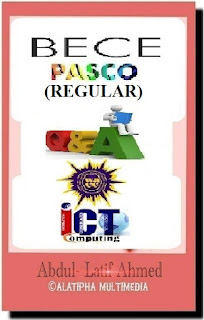



















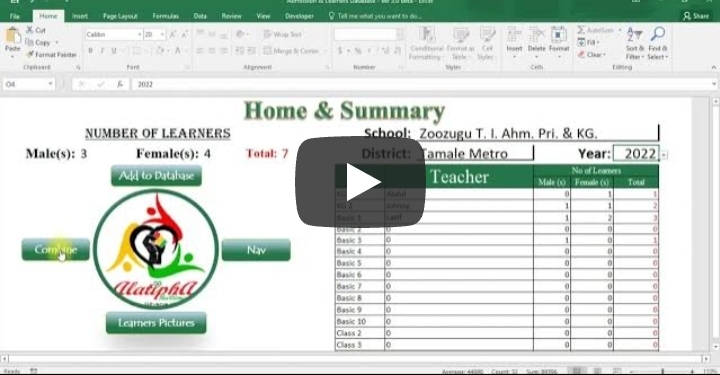
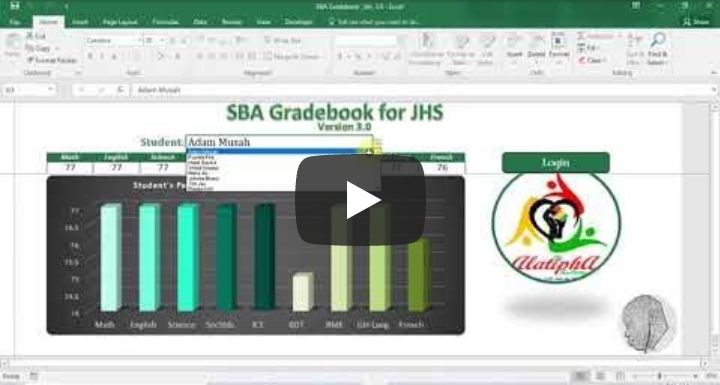
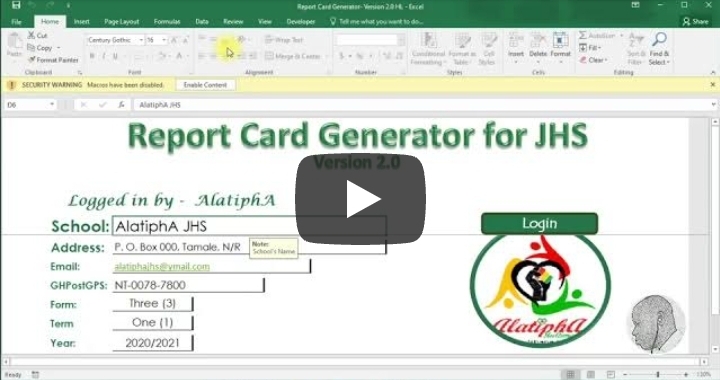


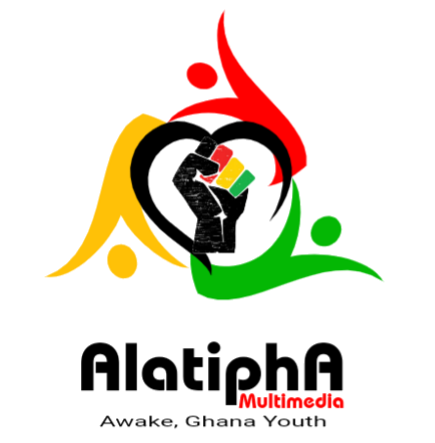
Comments
Post a Comment